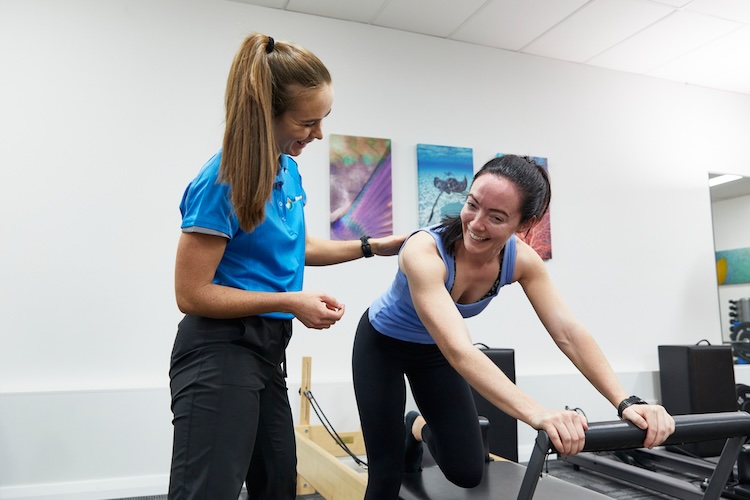Fibromyalgia and Myo-fascial Therapy
Trying to navigate your way to recovery while experiencing the pain, stress and fatigue of fibromyalgia can be very exasperating! This article aims to help you understand the pain of fibromyalgia better; how it differs but is also similar to myo-fascial pain and how myo-fascial therapy can be helpful.
Fibromyalgia (FMS) and chronic myofascial pain (MP) are often mistaken for the same condition. As a result, people with both are sometimes only diagnosed with and treated for one.
A distinguishing factor with both is that fibromyalgia pain can feature tender points in the fascia whereas trigger points cause myo-fascial pain. Myo-fascial pain can develop in and exacerbate fibromyalgia. So treating trigger points will help reduce myo-fascial pain but not pain caused from other reasons in fibromyalgia.
(NOTE: presence of tender points is no longer an essential criteria for diagnosis of fibromyalgia).
It is still not fully understood why people with myo-fascial pain frequently develop fibromyalgia, but a growing body of evidence shows that persistent pain can make changes to the central nervous system, resulting in central sensitization.
So, treating myo-fascial pain can prevent fibromyalgia and long term changes to the central nervous system.
Symptoms of Myo-fascial Pain & Fibromyalgia
Every person is unique and will experience pain in different ways. Fibromyalgia is termed a syndrome because it has various symptoms with not all being experienced by everyone!
Symptoms shared by chronic myo-fascial pain and fibromylgia are:
-
Mild to severe soft-tissue pain
-
Headaches and/or migraines
-
Disturbed sleep
-
Dizziness
-
Tinnitus & ear pain
-
Memory problems
-
Unexplained sweating
-
Worsening symptoms due to stress, changes/extremes in weather and physical activity.
Symptoms associated with fibromyalgia but not with chronic myo-fascial pain include:
-
Fatigue
-
Panic attacks
-
Feeling overwhelmed by high levels of sensory input
-
Allergies & sensitivities
-
Confusion & disorientation
What is myo-fascial therapy?
Myo-fascial therapy is a broad heading that covers several treatment techniques such as trigger point therapy, stretch, soft tissue massage & fascia release; all used to treat muscle injury, pain and stiffness.
A trigger point is a hyper-irritable (contracted) band in the muscle or its fascia. In trigger point therapy, localised, deep pressure is applied to treat the contraction cycle. This restores full length to the muscle and re-establishes normal blood/lymph flow, allowing the injury to heal.
Fascia is thin but strong connective tissue that surrounds muscles like a sheath. The release of this tissue is essential to enable the muscle to glide freely. Fascia encapsulates every muscle in the body but also the organs, nerves and blood vessels forming a body wide inter-connected network. This means that injury in one area can affect function and structures in other areas of the body.
When there has been pain, stiffness or inflammation for extended period of time the fascia can adhere to the muscle causing further inflammation, pain and reduced range of movement.
Myo-fascial therapy can help treat trigger points and release fascia which reduces pain and increases movement. Myo-fascial therapy can help both myofascial pain and pain in fibromyalgia.
Copyright © Sasha Wray is an occupational therapist, naturopath and acupressure therapist with a special interest in treating persistent pain and psychological health concerns.






